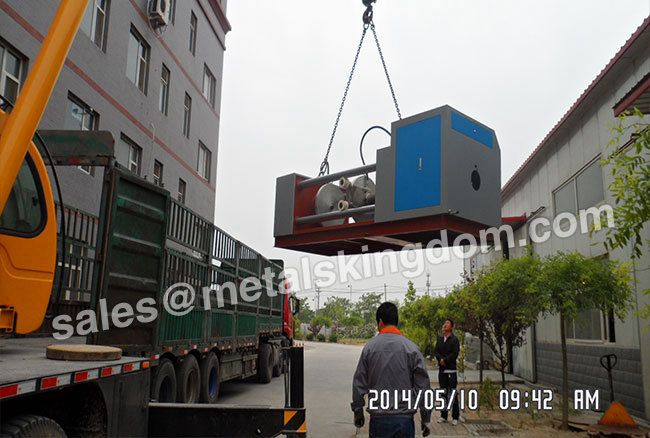Feb. 07, 2024
Valve testing is a critical procedure conducted to ensure the proper functioning and integrity of valves used in various industrial applications. The process involves a series of steps designed to evaluate the performance, reliability, and safety of valves before they are deployed in operational systems. Here's an overview of the typical process of valve testing:
Visual Inspection: The valve undergoes a visual inspection to check for any visible defects, damage, or irregularities. This includes examining the exterior surface, welds, connections, and other components for signs of corrosion, leaks, or mechanical damage.
Dimensional Inspection: Precise measurements are taken to verify the dimensions of the valve components, including the body, stem, disc, seat, and other critical parts. This ensures that the valve conforms to the specified dimensional tolerances and standards.
Pressure Testing: Pressure testing is a fundamental aspect of valve testing. The valve is subjected to various pressure conditions to assess its ability to withstand different operating pressures without leaking or failing. Common pressure tests include:
Hydrostatic Testing: The valve is filled with water or another suitable fluid and pressurized to a specified level to check for leaks and assess the integrity of the valve body and seals.
Pneumatic Testing: Compressed air or gas is used to pressurize the valve to simulate operational conditions and verify its performance under pneumatic pressure.

Seat Leakage Testing: Seat leakage testing focuses on evaluating the tightness and sealing capability of the valve's seating surfaces. The valve is pressurized, and leakage rates are measured to ensure that the seat provides a reliable seal under various pressure conditions.
Recommended article:Functional Testing: Functional testing involves operating the valve through its full range of motion to verify its functional performance and responsiveness. This includes opening, closing, throttling, and modulating the valve to ensure smooth operation and proper functioning of all components.
Endurance Testing: Endurance testing assesses the long-term durability and reliability of the valve by subjecting it to repeated cycles of operation under simulated operating conditions. This helps identify any potential issues related to wear, fatigue, or performance degradation over time.
Material Testing (if applicable): In some cases, material testing may be performed to verify the composition, mechanical properties, and integrity of the valve materials, especially for critical components such as the body, trim, and seals.
Documentation and Certification: Throughout the testing process, detailed records and documentation are maintained to track test results, observations, and any deviations from specifications. Once the testing is complete and the valve meets all requirements, it is certified for use in the intended application.
By following a comprehensive valve testing process, manufacturers and operators can ensure the reliability, safety, and performance of valves, thereby enhancing the efficiency and integrity of industrial systems and processes.Buy Valve Testing Rigs
375
0
0
All Comments (0)
Previous: None
Next: None
Related Articles
If you are interested in sending in a Guest Blogger Submission,welcome to write for us!
Comments